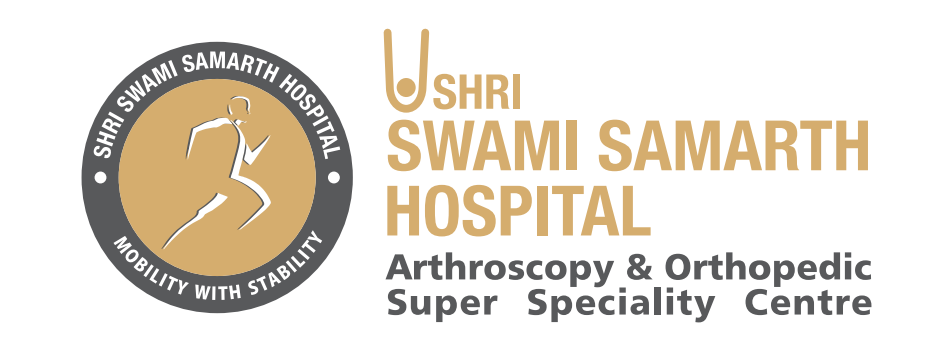Lumbar Decompression
Easing the burden on the spine, restoring freedom of movement, one step closer to relief
Lumbar Decompression
Lumbar decompression refers to procedures aimed at alleviating pressure on the spinal nerves in the lower back region. This pressure can be caused by various conditions such as herniated discs, spinal stenosis, or degenerative disc disease. Lumbar decompression techniques may include surgical procedures like laminectomy, discectomy, or spinal fusion, as well as non-surgical methods like traction or physical therapy exercises. The goal of lumbar decompression is to reduce pain, numbness, and other symptoms associated with nerve compression, and to improve overall mobility and quality of life for individuals affected by these spinal conditions. The specific approach to lumbar decompression depends on factors such as the underlying cause of nerve compression, the severity of symptoms, and the patient’s overall health and preferences.

What are the treatment options for Lumbar Decompression?
There are several different types of options for Lumbar Decompression.
We are here to help you Get relief from your pain
Get reed of from various body pain from our experienced doctor.


